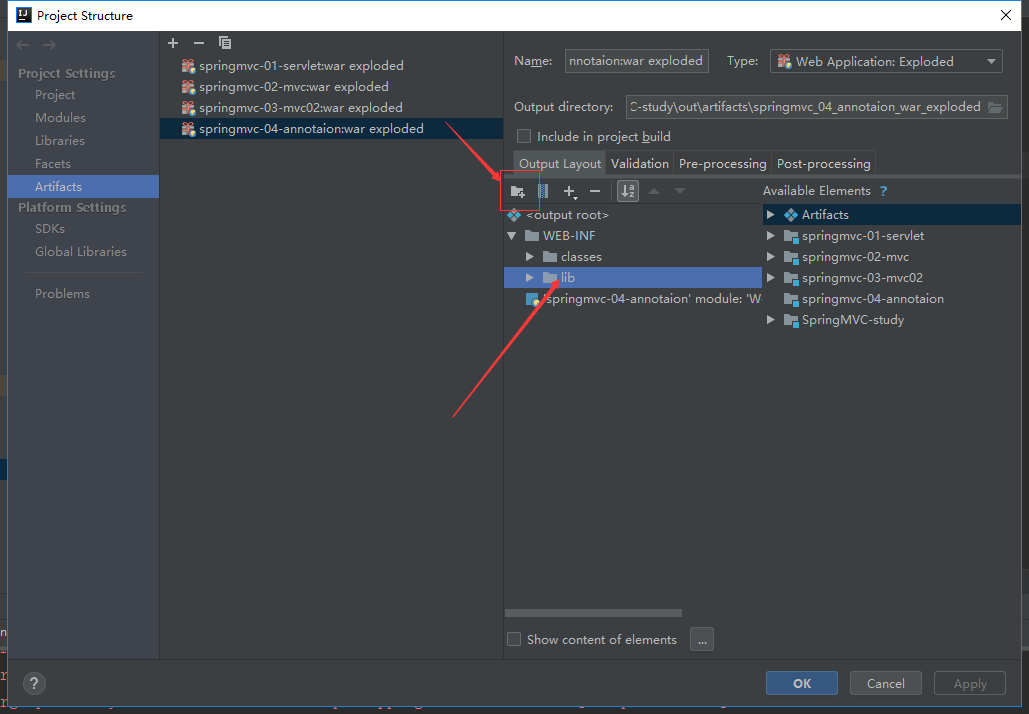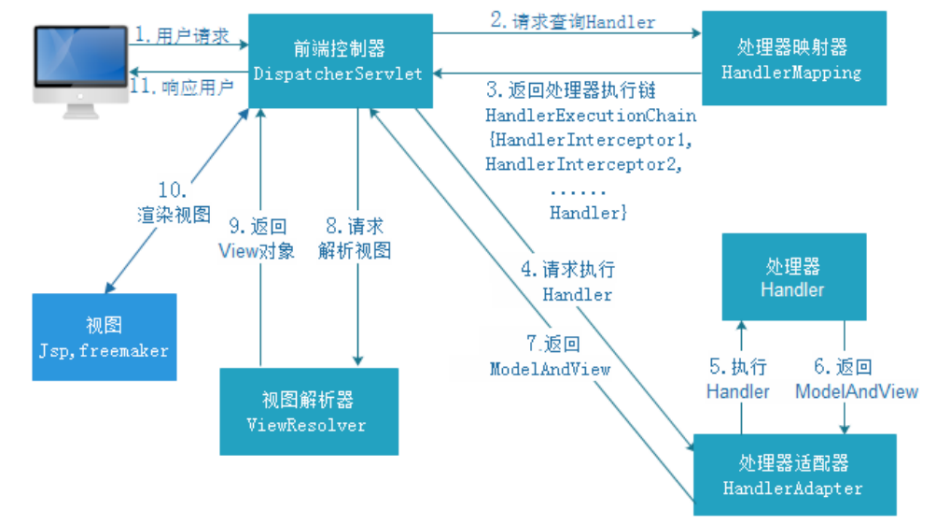使用applicationContext.xml文件时是需要在web.xml中添加listener的:
<listener>
<listener-class>org.springframework.web.context.ContextLoaderListener</listener-class>
</listener>
而这个一般是采用非spring mvc架构,如使用struts之类而又想引入spring才添加的,这个是用来加载Application Context。
如果直接采用SpringMVC,只需要把所有相关配置放到springMVC.xml中就OK了。
二、
Spring lets you define multiple contexts in a parent-child hierarchy.
The applicationContext.xml defines the beans for the "root webapp context",i.e. the context associated with the webapp.
The spring-servlet.xml (or whatever else you call it) defines the beans for one servlet's app context. There can be many of these in a webapp,one per Spring servlet (e.g. spring1-servlet.xml for servlet spring1,spring2-servlet.xml for servlet spring2).
Beans in spring-servlet.xml can reference beans in applicationContext.xml,but not vice versa.
All Spring MVC controllers must go in the spring-servlet.xml context.
In most simple cases,the applicationContext.xml context is unnecessary. It is generally used to contain beans that are shared between all servlets in a webapp. If you only have one servlet,then there's not really much point,unless you have a specific use for it.
上面那一句所以就解释了我们经常看到的
applicationContex.xml中
<context:component-scan base-package="*.*"
use-default-filters="false">
<context:exclude-filter expression="org.springframework.stereotype.Controller"
type="annotation" />
</context:component-scan>
springMVC.xml中
<context:component-scan base-package="*.*" use-default-filters="false"> <context:include-filter expression="org.springframework.stereotype.Controller" type="annotation" /> </context:component-scan>



